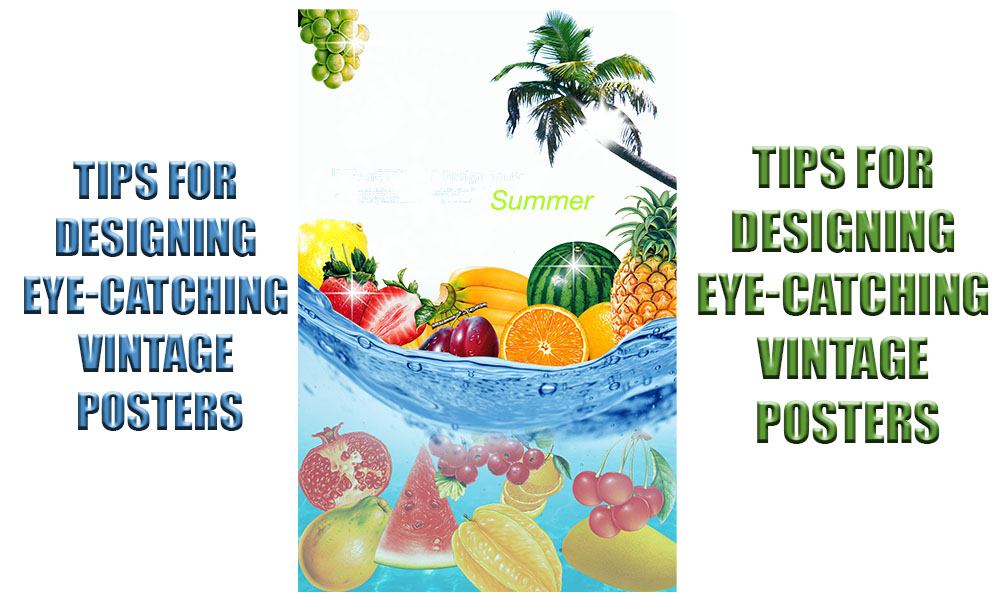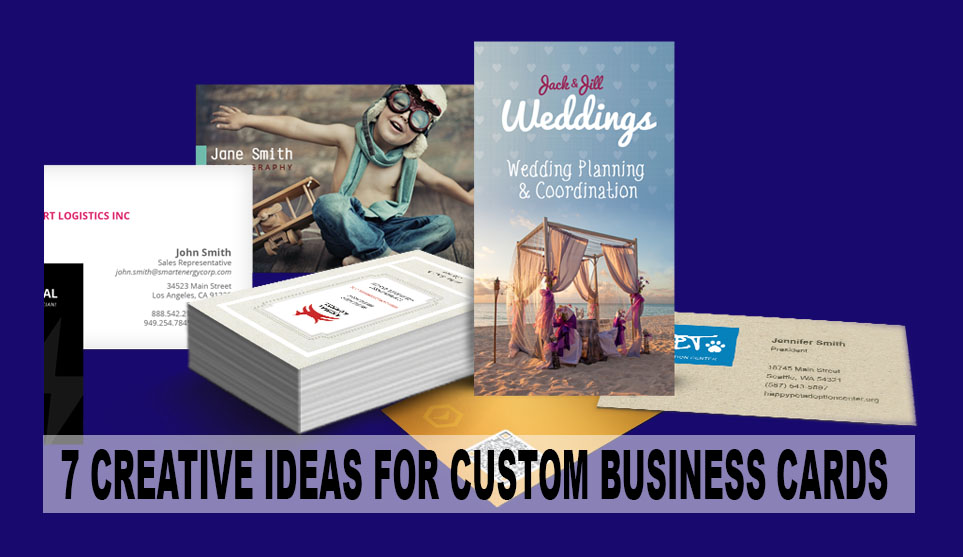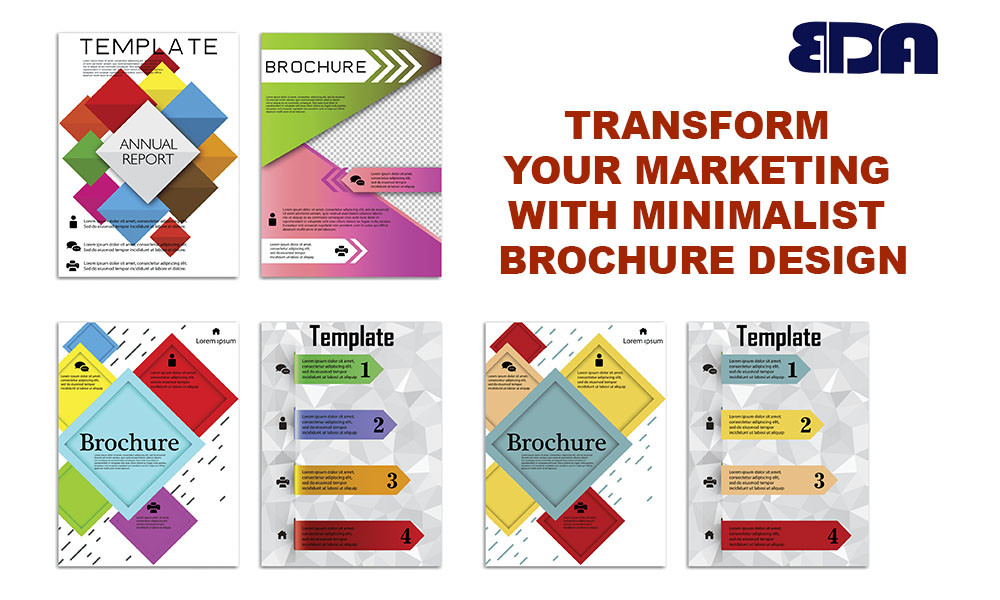Vintage posters simply have a certain allure. These designs are ageless because of their warm, fading colors, vintage atmosphere, and classic font. Finding the ideal balance between vintage charm and contemporary relevance is crucial if you’re a graphic designer or do-it-yourself enthusiast hoping to create a poster with a vintage feel. Creating a striking vintage poster requires a careful balancing act between style, structure, and narrative; it’s not just about applying a sepia filter. Let’s get started with some excellent advice to help you achieve that vintage style.
Recognize the Vintage Look
Understanding what constitutes a vintage poster is crucial before you begin developing. Vintage posters usually feature designs from the late 19th century to the 1980s. Every decade had its own visual language, whether it was the hallucinogenic swirls of the 1960s, the propagandist punch of the 1940s, or the art nouveau grace of the 1890s.
Pro Tip: Select a time period to study and research the typefaces, colors, layout, and imagery of that era. This will give your design a sense of legitimacy.
Make Use of Vintage Fonts
The core of any antique poster is its typography. The tone will be established right away by the fonts you select. Vintage fonts, which range from curving, playful scripts from the 1960s to bold block letters reminiscent of old Westerns, communicate volumes.
Advice for selecting the ideal font:
Choose Art Deco designs for a 1920s feel.
Bold sans-serif typefaces with dramatic strokes were common on posters from the 1950s.
Bubble fonts with rounded, funky lettering were popular in the 1970s.
Always choose your font combinations carefully; for balance, use a plain body type with a beautiful headline font.
Maintain a Restricted Color Scheme
The rainbow is rarely seen on vintage posters. Instead, they frequently employ limited or subdued color schemes; consider washed-out pastels, sepia tones, or striking primary colors like blue, yellow, and red.
Why this is effective:
Color simplicity contributes to nostalgia.
A more unified effect is produced by using fewer color schemes.
An authentic aged impression can be added by using fading techniques and texture.
To create depth and give your design that worn-out, well-loved feel, use grain overlays or aged paper textures.
Make Use of Illustrations or Images Inspired by the Past
In the past, illustrations predominated and photographs weren’t always the preferred visual medium. Illustrations, whether digitally reproduced or hand-drawn, give your poster a classic, homemade feel.
Try this:
Use comic book aesthetics, woodcut-style visuals, or line art.
Make use of stencil-style images or silhouettes that capture the constraints of old printing.
Use distressed textures or halftone dots to add aged looks.
Combine contemporary equipment with traditional design elements to produce something distinctive but genuinely vintage.
Old-fashioned Layout
Vintage posters usually give the area a sense of purpose, whereas modern designs sometimes rely on white space and minimalism. They were intended to attract notice from a distance, whether on newspapers, billboards, or structures.
Layout tips:
Make sure your hierarchy—large headline, attention-grabbing subhead, and captivating body—clearly directs the viewer’s attention.
Try using symmetrical balance in your center compositions.
To give the poster a vintage feel, frame it with a border.
To direct the viewer’s attention, use banners, ribbons, or flourishes to add more visual interest.
Conclusion
Making a vintage poster is similar to narrating a story from a bygone era. Your design may stop visitors cold with the correct combination of vintage fonts, timeless color palettes, striking l- ayouts, and creative flair. Keep in mind that the details are where the magic is. Whether you’re evoking the disco era or the Roaring Twenties, make sure your poster proudly and accurately captures the spirit of those times.
What’s the best part? Vintage is always in vogue.




